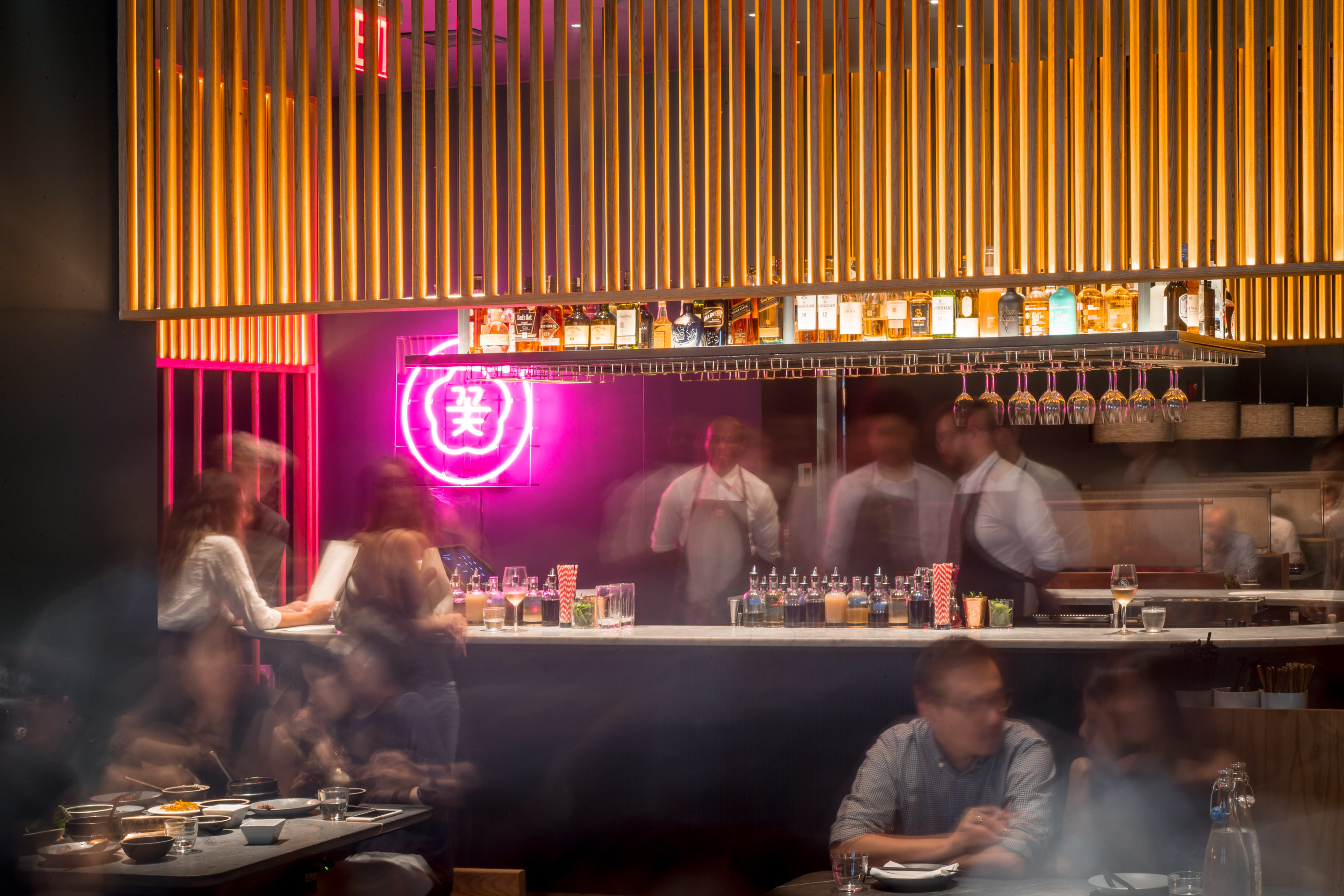At NYC's Cote, Owner Simon Kim Blurs Fine Dining Lines

Photo Caption: New York's Cote
Skift Take
Cote marries a Korean barbecue joint with an American steakhouse. Owner Simon Kim says it's not fine dining, but we find it squarely in the growing category of blurred boundaries of the once-traditional fine dining experience.
The business of fine dining, largely defined by its chefs and cuisine, has its own challenges — in the United States and abroad. While diners accept a higher price point in exchange for quality and service, higher food and labor costs challenge restaurants to maintain the right balance.
This is our next look inside a fine dining restaurant to dive deeper into the unique challenges and operational strategies of running these unique businesses. Here's more of our fine dining coverage.
These days, the definition of “fine dining” is getting murkier. Sure, we can all picture a traditional fine-dining experience with white tablecloths, a set progression of courses and a steep price tag. But the term also applies to upscale restaurants that emphasize service and food quality, even with a more relaxed atmosphere than typically associated with fine dining.
But where should we place Cote? The Michelin-starred New York City restaurant combines a classic American steakhouse with a Korean barbecue joint and is blurring boundaries by borrowing elements of fine dining and inserting them into a relaxed — sometimes even boisterous — setting.
“At Cote we are borrowing that interactive, non-fine-dining element of Korean barbecue,” said owner Simon Kim.
Kim is no stranger to fine dining: He ran Piora in New York City from 2013 to 2017, which offered a more traditional high-end experience. Before that, he worked at Jean-Georges, BR Guest and the MGM Grand in Las Vegas. But he said Cote, which has only been open for nine months, is his most genuine expression yet.
Piora was Kim’s first restaurant and he learned a lot in the four years it was in business. A restaurateur’s first project is always the most difficult, he said, but those challenges helped him develop a Zen attitude.
“I became a whole lot more chill about things that happen in the restaurant world,” he said.
One of the most important lessons Kim learned was to be himself. “The most important thing for the success of the restaurant is being who you are,” he said. “The message becomes really genuine and focused.”
Kim characterized Piora as “polite, refined, synchronized… the whole nine.” While it was successful, earning a Michelin star 13 months after it opened, it didn’t feel as true to who Kim is as Cote does.
Kim was born in Seoul and grew up visiting Korean barbecue joints with his father, whom he described as a “fine-dining guy.” Korean barbecue was fraternal, boisterous, exciting and lively, aspects that appealed to Kim. After moving to the U.S. with his family as a child and settling in Long Island, N.Y., Kim was introduced to American steakhouses. Cote distills Kim’s tastes and upbringing.
Money Talks
Still, even the best idea needs money to get off the ground. Kim called financing an entrepreneur’s biggest challenge.
“You generally have the passion; you generally have the experience; you generally have the team — you generally don’t have the money,” he said.
Kim is majority owner of Cote and has around a dozen investors. But he began building up to Cote through his previous experiences and contacts, “kind of a fan base.”
“Those are the loyal guests that are interested in investing in you,” he said. “They experience who you are and your hospitality firsthand as a customer. They generally know if they were to invest in you what that money is going to turn into.”
Food costs associated with fine dining restaurants can be quite high, Cote focuses on serving top-quality beef, such as A5 Japanese Wagyu, American Wagyu and USDA Prime dry-aged beef. It doesn’t come cheap, but Kim mitigates the cost by using several vendors instead of just one, which gives him a better sense of fair pricing.
“When you work with a few vendors it’s a little more difficult, it’s a little more time consuming, but it makes sure your pulse is on the price of each one,” he said.
Portion size is also important when using such pricy ingredients. While Cote is inspired by steakhouses, a type of restaurant known for gargantuan portions, Kim said consumer sentiment about size is changing.
“People would rather consume a smaller amount of a higher quality food,” he said. “We focus on purchasing the best ingredient possible and serving it in a sensible amount.”
Culture = Profit
Labor is Cote’s biggest cost and challenge, both in terms of dollars and recruiting workers. Kim cited workplace culture as a key profit-driving strategy.
“The biggest thing I believe is beneficial as an operator is to create a culture,” he said.
It doesn’t have to be difficult, and it doesn’t even have to be expensive. Kim identified simple practices, like making sure managers know and respect employees, time off, and even a solid family meal as methods of encouraging a positive workplace culture.
As a result, Kim has found that employees who are happy in their work are more efficient. “These kind of things don’t cost a lot but maximize their happiness and enhances efficiency,” he said.
Skift Table contributor Marcella Veneziale is a journalist and editor based in Zagreb, Croatia. For the past six-plus years, her work has focused on food and the business of restaurants.
